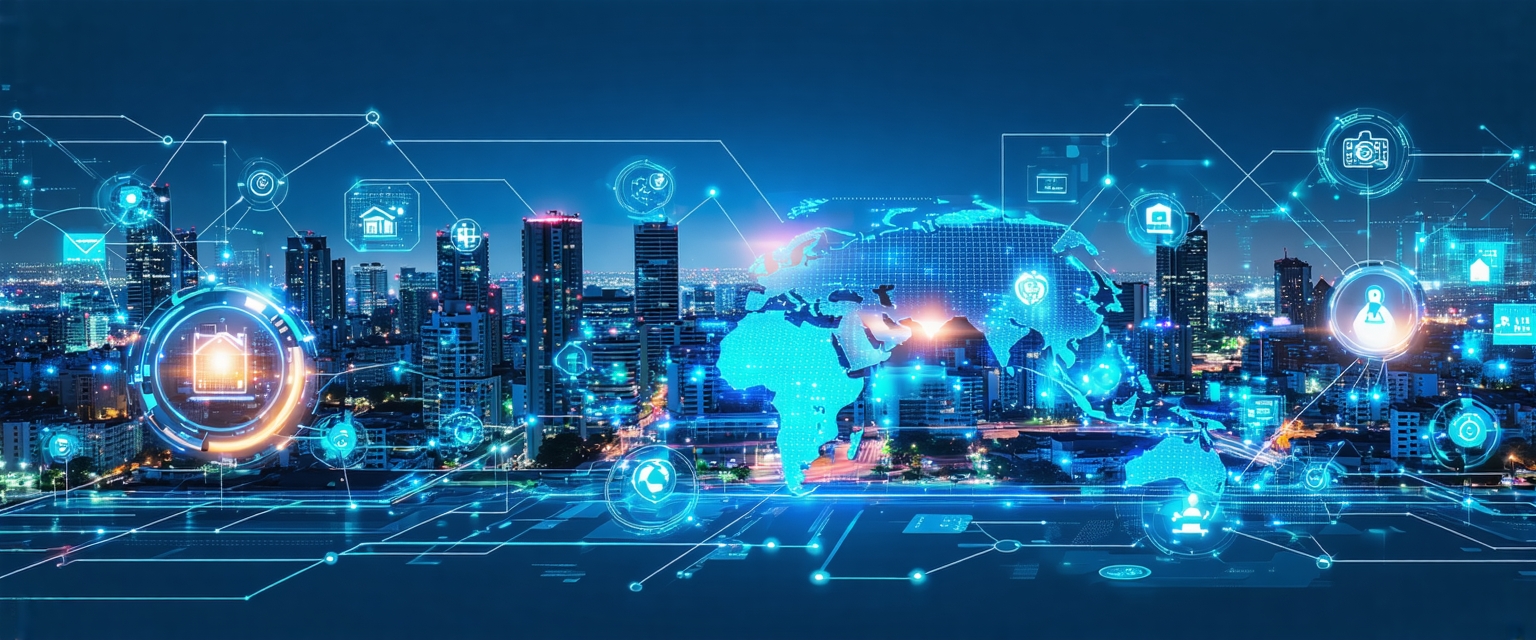






The Internet of Things (IoT) continues to evolve rapidly, with recent developments promising significant improvements in various sectors. From enhanced security measures to more sophisticated data analytics, the advancements are shaping a smarter and more connected future.
The IoT has already transformed numerous industries, connecting billions of devices worldwide. These devices collect and exchange data, providing valuable insights and automating tasks. However, challenges remain, particularly concerning security and data privacy.
Early IoT deployments often lacked robust security protocols, making them vulnerable to cyberattacks. Furthermore, the sheer volume of data generated by these interconnected devices posed significant challenges for processing and analysis.
Recent breakthroughs focus on addressing these challenges. Advances in AI and machine learning are enabling more sophisticated data analysis, allowing for predictive maintenance and improved operational efficiency. For example, smart cities are leveraging IoT sensors to optimize traffic flow and reduce energy consumption.
New security protocols are also being implemented to enhance data protection. These include blockchain technology for secure data transactions and advanced encryption methods to protect sensitive information.
The development of low-power wide-area networks (LPWANs) is extending the reach of IoT devices, allowing for connectivity in remote areas and reducing reliance on expensive cellular networks. This is especially important for applications in environmental monitoring and agriculture.
The advancements in IoT are leading to significant improvements in various sectors. In healthcare, remote patient monitoring devices are improving care outcomes. In manufacturing, predictive maintenance is reducing downtime and improving efficiency. And in smart cities, IoT solutions are enhancing quality of life for citizens.
These improvements contribute to greater sustainability, improved operational efficiency, and a better quality of life for people across the globe.
Future developments in IoT will focus on further enhancing security, expanding connectivity, and improving data analytics capabilities. The integration of edge computing will allow for faster processing of data closer to the source, reducing latency and improving real-time responsiveness.
We can expect to see greater interoperability between different IoT devices and platforms, allowing for seamless data exchange and collaboration. The potential for innovation in this space remains vast, promising even more transformative applications in the years to come.
“`